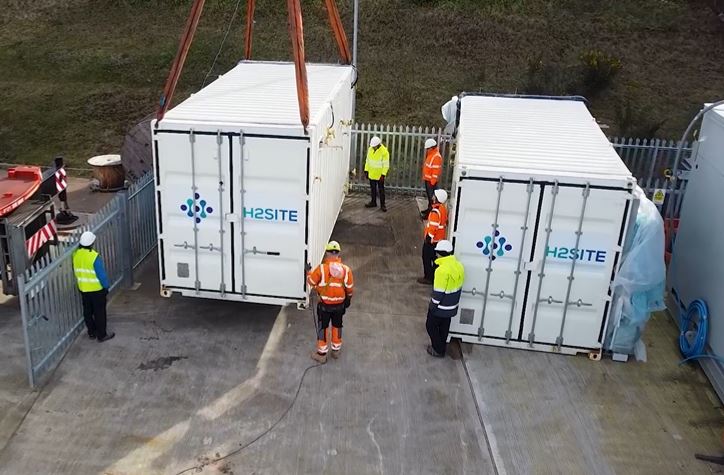H2SITE, a company established in 2020, has developed an ammonia cracker using advanced membrane reactor technology. This innovation is a crucial part of the Ammogen Project at Tyseley Energy Park (TEP) and aims to produce fuel cell-grade hydrogen.
H2SITE’s ammonia cracking technology integrates hydrogen-selective membranes within a catalytic bed, allowing ammonia to be converted directly into hydrogen. This process eliminates the need for downstream separation units, a notable efficiency improvement. The system is designed to produce 200 kg of green hydrogen daily, meeting the stringent requirements for fuel cell applications.
The primary innovation lies in the in-situ separation of hydrogen, achieving over 98% recovery and virtually complete ammonia conversion at mild temperatures. This efficiency positions H2SITE’s technology as a potentially transformative solution for hydrogen production.
While H2SITE’s membrane reactor technology is impressive, its scalability and integration into existing hydrogen supply chains remain critical challenges. Industry benchmarks for hydrogen production efficiency, cost, and scalability are stringent. Technologies like Proton Exchange Membrane (PEM) electrolysis and Solid Oxide Electrolysis Cells (SOECs) have set high standards for hydrogen purity and production efficiency. H2SITE’s approach must match or exceed these standards to be competitive.
The current production capacity of 200 kg per day is a significant milestone, but scaling this to process tons of ammonia daily for use in import hubs and maritime applications, as H2SITE plans, will require substantial investment and technological refinement. The ability to maintain efficiency and hydrogen purity at larger scales will be crucial for broader adoption.
Economic viability is another critical factor. The cost of producing hydrogen using H2SITE’s method must be competitive with other hydrogen production technologies. While ammonia is a promising hydrogen carrier due to its high hydrogen density and established transportation infrastructure, the overall cost of the cracking process, including energy input and membrane maintenance, must be carefully managed.
The Ammogen Project’s collaboration with various partners, including TEP, DESNZ, Gemserv (Talan), EQUANS, Yara International, and the University of Birmingham, highlights the collective effort to promote international hydrogen trade. Such collaborations are essential for addressing the multifaceted challenges of hydrogen production and distribution.
The project’s focus on international hydrogen trade and maritime applications aligns with global trends toward decarbonization and energy diversification. The ability to efficiently crack ammonia into hydrogen at import hubs and aboard ships could significantly enhance the hydrogen supply chain’s flexibility and resilience.
Continued research and development will be crucial. The integration of advanced computational tools, real-world testing, and feedback from industry stakeholders will help optimize the technology and identify areas for improvement.
